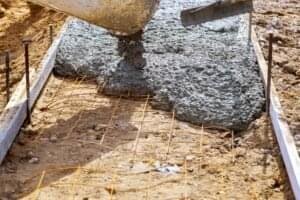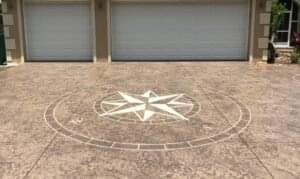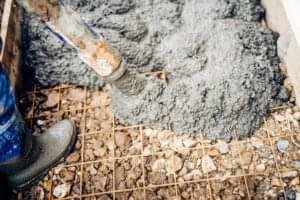What is the most important part of building a house? While many might say the framing or the roof, everything starts with a solid foundation. A well-constructed concrete slab provides the strength and stability every home needs.
Invest wisely in your future. Contact the top concrete contractor for a durable slab foundation!
Best Residential Concrete Contractor in Lubbock, TX
📞 Phone: (806) 375-7740
📧 Email: info@lubbockconcretecontractortx.com
Steps to Build a House
1. Site Preparation
Before pouring concrete, the construction site must be cleared of debris, leveled, and compacted. Proper soil preparation prevents future shifting or cracking of the foundation.
2. Laying the Gravel Base
Compacted gravel provides stability and drainage. This step makes sure that the surface remains level and prevents moisture buildup underneath the foundation.
3. Installing Formwork
The foundation is shaped using metal or wooden forms that are set around the edge. These forms create a boundary to contain the cement while it sets and cures.
4. Adding Reinforcement
To enhance the slab’s strength, steel rebar or wire mesh is placed within the formwork. This reinforcement prevents cracking and ensures the foundation can endure heavy loads.
5. Pouring
Once everything is in place, high-quality cement is poured and spread evenly. Before the cement begins to set, it is important to level it as soon as possible.
6. Finishing the Surface
After pouring, the surface is smoothed using specialized tools to create a flat, even finish. Expansion joints may be added to control cracking over time.
7. Curing
Curing is a crucial step to ensure the slab gains strength. For at least 7 days, the cement must be kept moist and protected from extreme temperatures.
8. Final Inspection and Construction Begins
Once the foundation is cured, construction of the house can start.
Why Choose Lubbock Concrete Contractor?
They provide high-quality installation and repair services for both residential and commercial properties. Their local expertise ensures that your structure has been constructed to handle Texas weather conditions. They use high-quality materials, follow best industry practices, and offer competitive pricing.
Call Now To Get A Free Quote!
Contact Details:
📞 Phone: (806) 375-7740
📧 Email: info@lubbockconcretecontractortx.com
Frequently Asked Question(s)
It is typically 4 to 6 inches thick, with extra thickness around load-bearing walls.
It takes about 28 days to reach full strength, but construction can begin within a week.
Costs vary based on size and materials, but Lubbock Concrete Contractor offers free estimates—call (806) 375-7740 to get a free quote.
From site preparation to curing, the process typically takes 1 to 2 weeks.
Yes, but proper reinforcement and expansion joints help minimize cracks.





